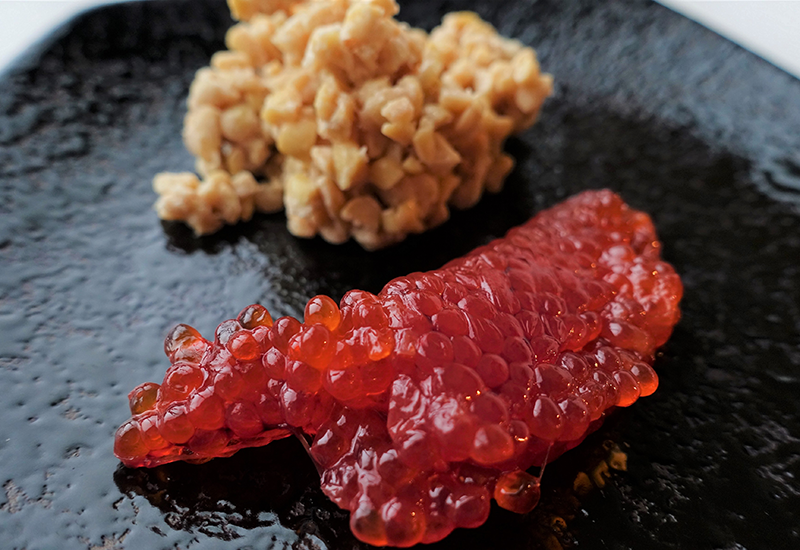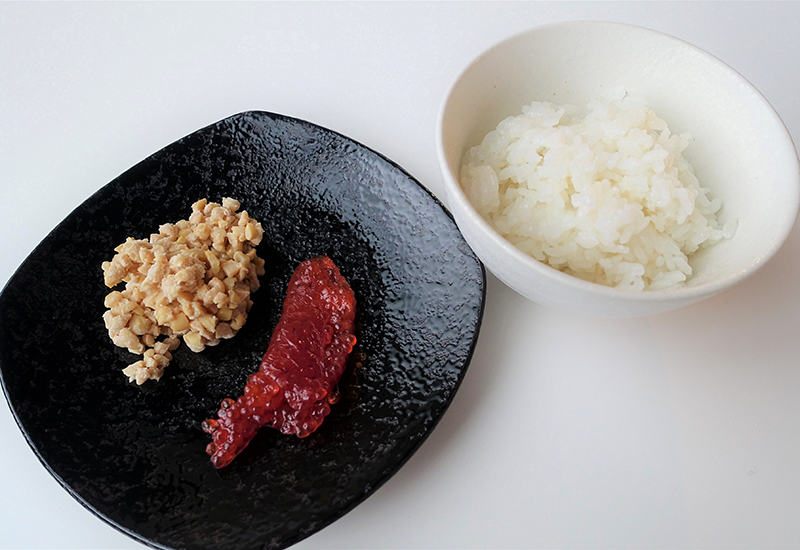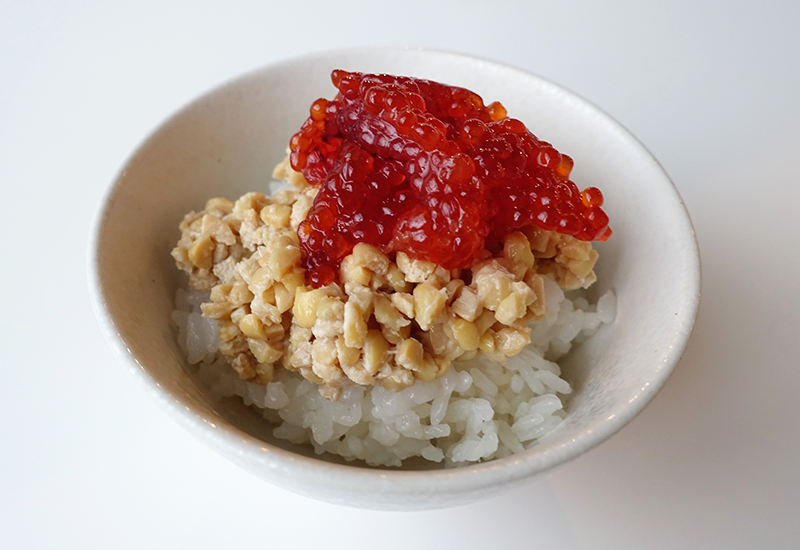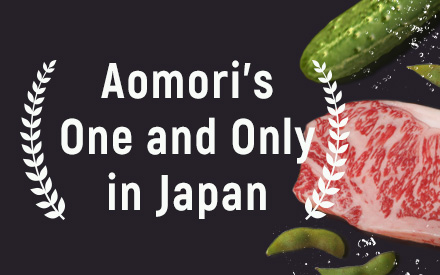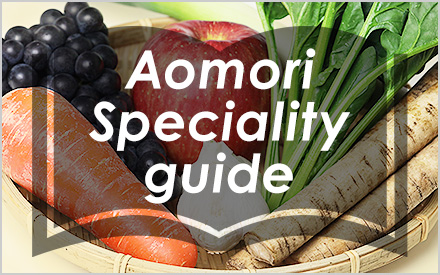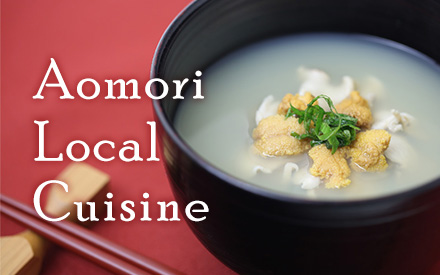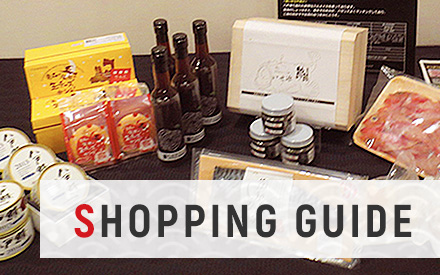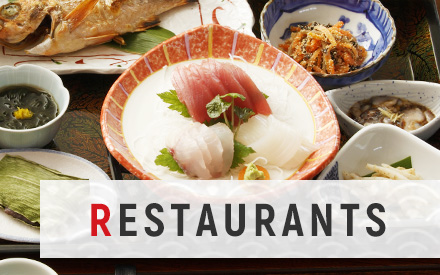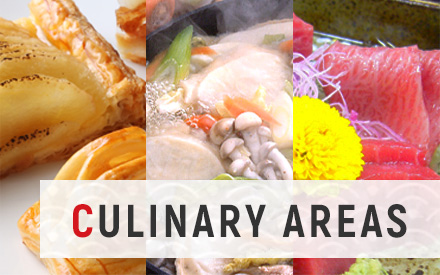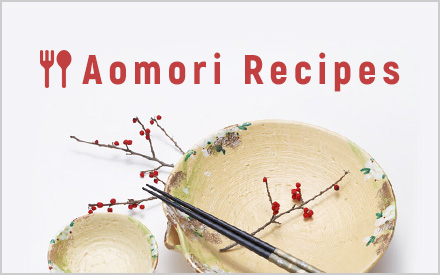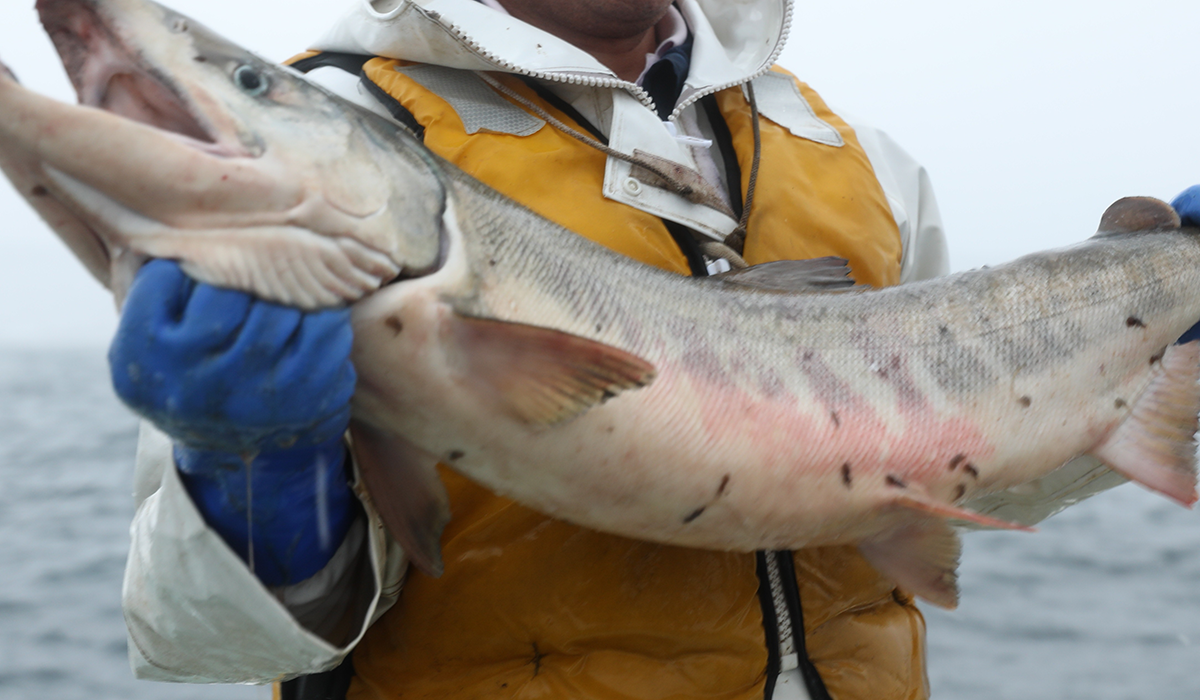
In this issue, we introduce a fish that is well-known to the people of Aomori Prefecture: salmon.
Salmon is actively fished from fall to winter at various fishing ports in Aomori Prefecture, mainly by set nets.
Aomori Prefecture catches approximately 750 tons of salmon trout, making it the second largest catch in Japan after Hokkaido.
Fall Salmon of Aomori Prefecture
Salmon/trouts are typically born in rivers, travel out to sea, and return to rivers to spawn. There are some varieties of exception, including those that spend their entire lives in rivers, those that immediately travel out to sea, and those that live in fresh water for one or two years before going out to sea.
Salmon and trout are both used to refer to what is commonly called “salmon.” Autumn salmon belongs to a species called chum salmon, and is the most commonly landed fish among salmon trout in Japan.
“Kaikyo Salmon” and “Lake Towada Himemasu” farmed in Ohata, Mutsu City, are also members of the salmon family. In Aomori Prefecture, salmon are caught in all waters from the Shimokita Peninsula to the coast off Hachinohe and the Sea of Japan.
In order to continue the fishery, the eggs are taken from the parent fish that have risen in the river, and the hatched fry are fed and raised until spring, when they are released into the river.
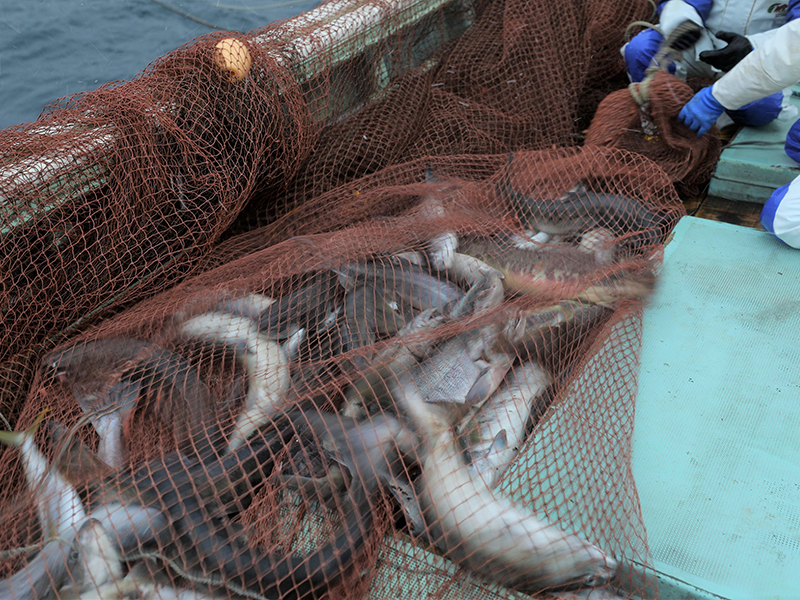
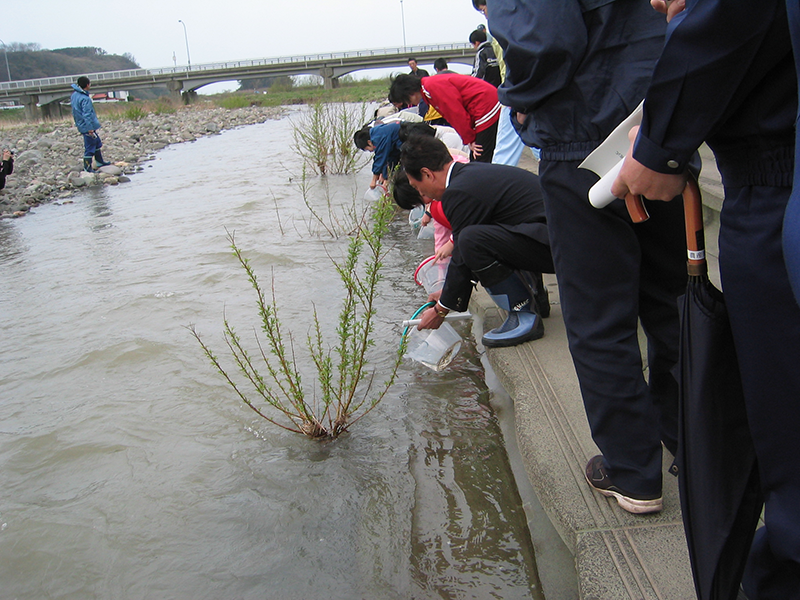
The Alluring Autumn Salmon
The autumn salmon are easy to flake and are popular with the general public.
Salmon that have returned to spawn have a firm body, little fat, and a refreshing taste.
There are many recipes you can enjoy at home, such as grilled salmon with salt and rice, and especially recipes with rich cheese and butter go well with the firm fish.
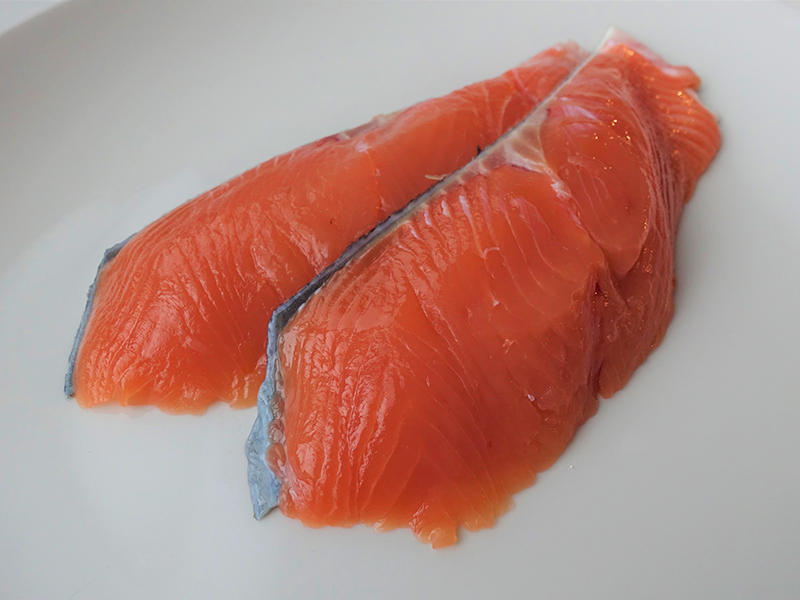
The most attractive points of autumn salmon are the salmon roe and sujiko.
Salmon roe: Salmon or trout roe that has been broken up and marinated.
Sujiko: Salmon or trout roe that has been marinated without breaking the roe sack.
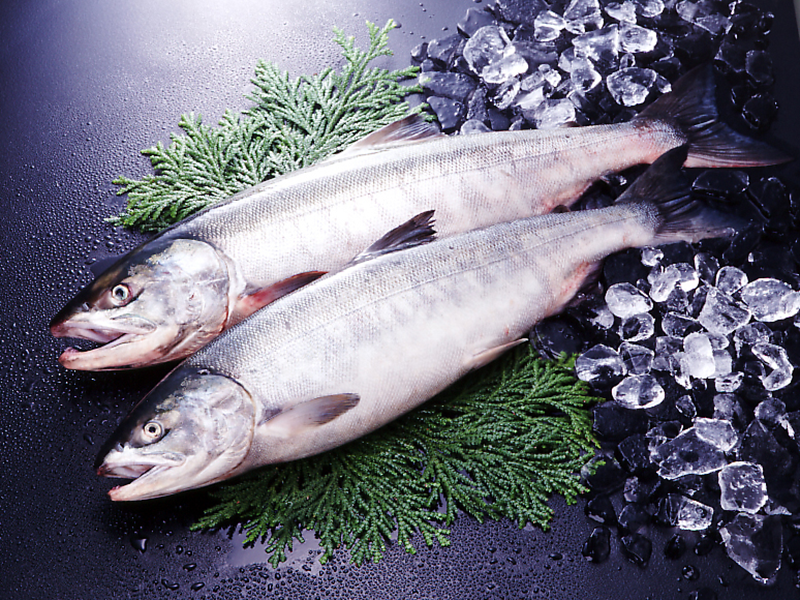
The salmon roe is mature enough to separate from the roe, while the sujiko is made from smaller roe.
Raw salmon roe and sujiko are available in the coastal areas facing the Sea of Japan, the Pacific Ocean, the Tsugaru Straits, and Mutsu Bay, where autumn salmon are caught.
Since only a limited amount of raw salmon roe and sujiko are available every season, they are a rare seasonal delicacy.
It is not difficult to marinate salmon roe and sujiko at home, so if fresh salmon roe and sujiko are available marinating at home is an easy alternative.
The Aomori Way to Enjoy Sujiko
Although sujiko itself is not widely distributed south of Tokyo, in Aomori Prefecture it is a favorite ingredient in onigiri rice balls and is part of the food staple. The recommended way to enjoy the sujiko by Aomori locals is “sujiko natto,” a luxurious combo that makes rice irresistible.
The author Osamu Dazai, an Aomori local, mentioned sujiko natto in one of his works. It is a dish of ground natto and sujiko on top of warm white rice. The combination of salty sujiko and natto is simple but exquisite.
